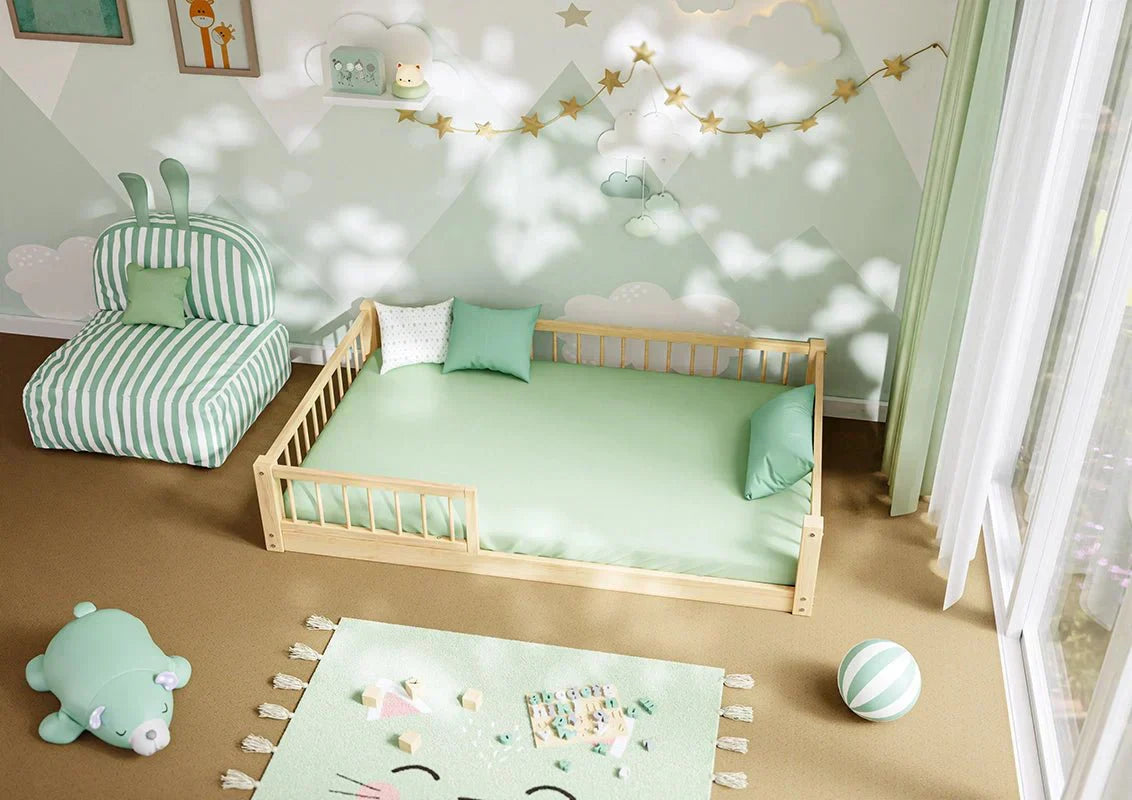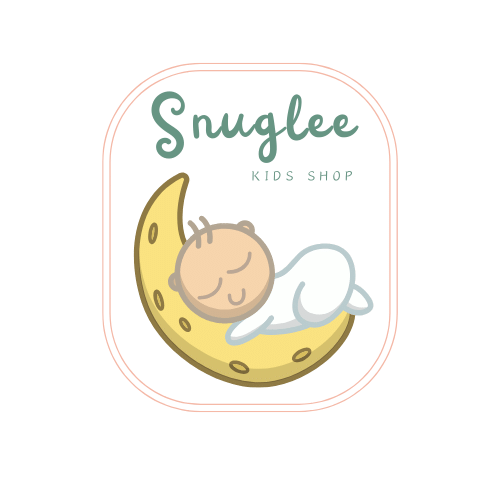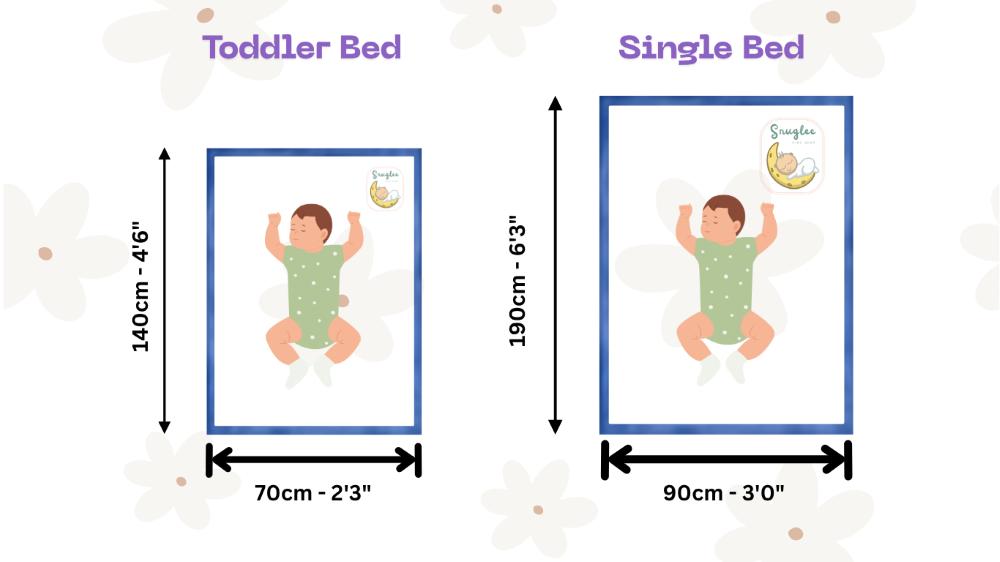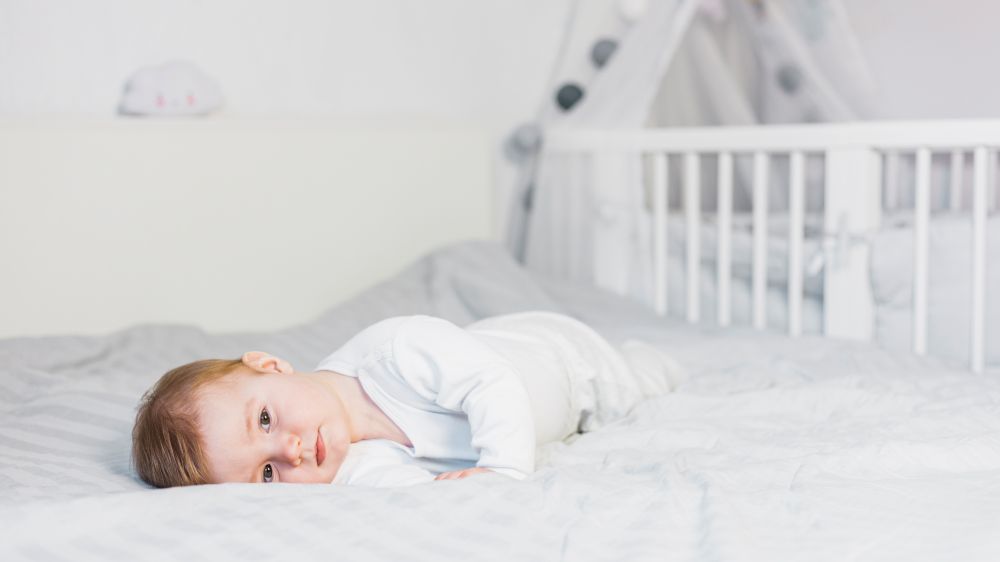
All you need to know about Montessori floor beds for toddlers and kids
Are you exploring options for your child's sleeping arrangements and considering a Montessori kids bed? You’re not alone! The Montessori method, known for its child-centred approach, has grown in popularity, and with it, so have Montessori-style sleeping solutions like floor beds.
But why choose a Montessori bed, and what makes it so special? In this article, we'll delve deep into the world of Montessori beds, exploring their features, floor bed benefits, and how to choose the right one for your child.

What is the Montessori method?
The Montessori method is an educational philosophy created by Dr Maria Montessori in the early 20th century. It focuses on fostering a child’s natural desire to learn through independence, hands-on experiences, and self-paced progress. Central to this approach is the idea that children thrive in environments designed to encourage autonomy and exploration.
How Montessori principles apply to bed design
Montessori kids beds are designed to reflect these values. With a low-to-the-ground structure, these beds allow children to enter and exit independently. This encourages decision-making, self-confidence, and freedom of movement, aligning perfectly with Montessori ideals.
A Montessori floor bed for toddler supports this development by giving children control over their sleep routine in a safe and accessible way.
Features of a Montessori kids bed
- Low-to-the-ground design: the signature feature, allowing easy access for toddlers and young children.
- Safety and independence: the low height reduces the risk of falls and encourages children to manage their own routines.
- Simple, functional aesthetics: minimalist designs support a calm, distraction-free sleep environment.
- Natural materials: most are made from solid, non-toxic wood like pine, aligning with Montessori principles of using natural, sensory-rich materials. A pine wood toddler bed is an excellent example.

Benefits of a Montessori kids bed
- Promotes independence: children gain autonomy by managing their own sleep and wake times.
- Encourages exploration: floor beds support safe exploration, allowing your child to interact freely with their surroundings.
- Supports healthy sleep patterns: self-regulation helps children develop healthier routines.
- Fosters ownership: children feel in control of their own space, reinforcing responsibility and self-respect.
- Montessori-style sleeping: this setup reinforces the principles of respect and independence during one of the most critical parts of the day — rest.
Find more reasons why UK parents love the montessori bed
Where to buy Montessori kids beds

- Trusted retailers: look for reputable sellers prioritising child safety, solid wood, and sustainability. Snuglee offers floor beds made from free-knot pine wood with beautiful craftsmanship.
- What to look for: non-toxic finishes, rounded corners, clear assembly instructions, and responsive customer service.
- Comparing prices: evaluate beds based on materials and durability. Snuglee's range of pine wood floor beds offers excellent value for parents who want a long-lasting, stylish solution.
If you're based in the UK and looking for the Montessori bed, Snuglee is a great place to start.
Conclusion
Choosing a Montessori kids bed is about more than sleep – it’s an investment in your child’s development and independence. A well-designed floor bed supports freedom, safety, and emotional growth. Whether you opt for a simple frame or something customisable, the benefits of Montessori floor beds for toddlers are lasting and impactful.
If you're ready to create a nurturing sleep environment, explore Snuglee's range of solid pine wood floor beds crafted with care and designed with your little one's well-being in mind.
FAQs
1. What is the Montessori method and how does it relate to kids' beds?
The Montessori method promotes independence and self-directed learning. Montessori beds align with this by allowing children to access their bed without adult help, supporting confidence and autonomy.
2. What mattress works best for a Montessori bed?
A standard UK single mattress (90x190 cm) is commonly used but always check the bed’s internal dimensions.
3. How can i clean a Montessori bed?
Use a soft cloth and mild cleaner. For unpainted wood, regular dusting and polishing is ideal.
4. Can i assemble a Montessori bed myself?
Most come flat-packed with clear instructions. A basic DIY kit will do the job.
5. Is a Montessori bed suitable for small rooms?
Yes. Their low-profile design and compact frames work well in smaller spaces.
Share



